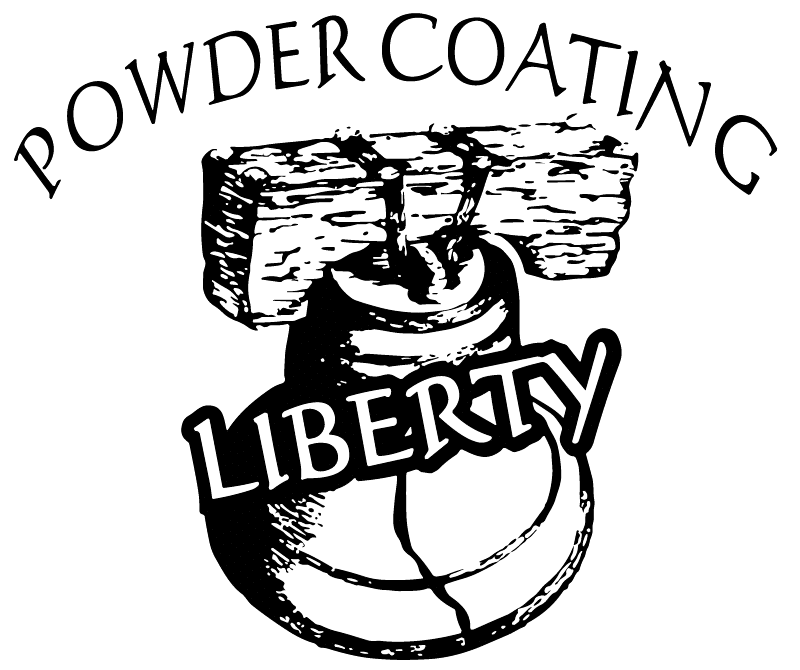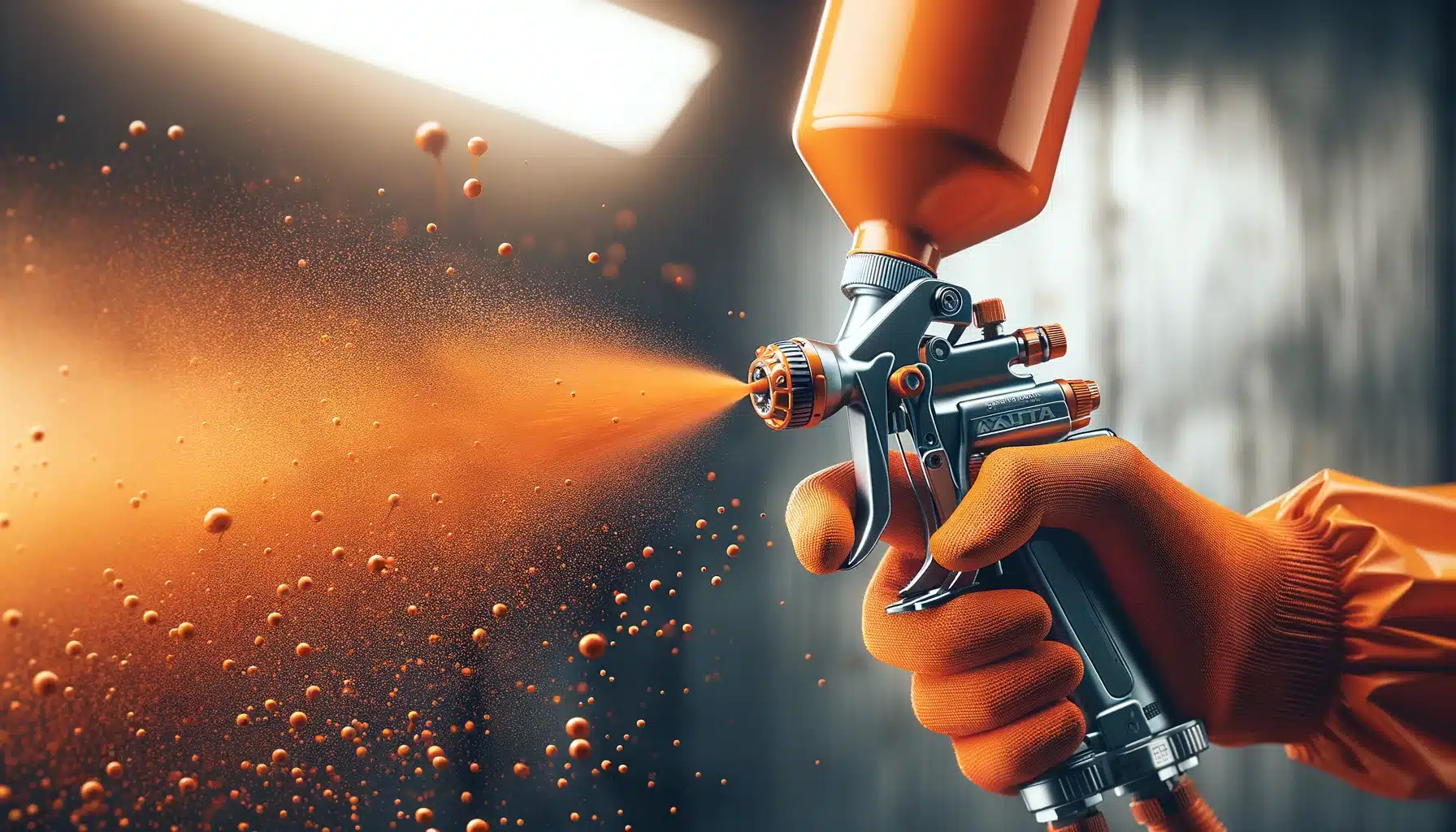Powder Coating Explained: The Benefits, The Process, & How It Works
Powder coating has become a preferred finishing option across various industries, renowned for its durability, versatility, and eco-friendliness. Whether you’re a manufacturer, hobbyist, or simply curious about this innovative process, understanding the fundamentals of powder coating is essential. In this comprehensive guide, we’ll delve into everything you need to know about powder coating, from its process and benefits to application techniques and maintenance tips.
Understanding Powder Coating:
At its core, powder coating is a dry finishing process that involves applying a fine powder of pigment and resin onto a surface. This powder is electrostatically charged, causing it to adhere to the surface uniformly. The coated item is then cured under heat, allowing the powder to melt and form a durable, protective layer.
Benefits of Powder Coating:
The advantages of powder coating are manifold. First and foremost is its durability. Powder-coated finishes are highly resistant to chips, scratches, and corrosion, ensuring longevity even in harsh environments. Additionally, powder coating offers a wide range of colors and finishes, including gloss, matte, and textured options, allowing for endless customization possibilities. Moreover, powder coating is environmentally friendly, as it produces minimal volatile organic compounds (VOCs) and can be recycled, reducing waste and environmental impact.
Powder Coating Process:
The powder coating process consists of several key steps. Firstly, the item to be coated undergoes surface preparation, which may involve cleaning, sandblasting, or chemical treatment to remove contaminants and create a smooth surface for coating. Next, the powder is applied using either electrostatic spray guns or fluidized bed systems, depending on the specific requirements of the project. Once applied, the coated item is cured in an oven at temperatures typically ranging from 300°F to 450°F, allowing the powder to melt and form a durable finish.
Types of Powder Coating:
There are various types of powder coating formulations available, each tailored to specific applications and performance requirements. Epoxy powders offer excellent adhesion and chemical resistance, making them ideal for industrial and automotive applications. Polyester powders provide superior weather resistance and color retention, making them suitable for outdoor use. Hybrid powders combine the properties of epoxy and polyester, offering a balance of durability and aesthetics.
Powder Coating Applications:
Powder coating finds widespread use across diverse industries, including automotive, aerospace, architecture, furniture, and appliances. In the automotive sector, powder coating is used for wheels, chassis components, and engine parts, enhancing both aesthetics and durability. In architecture, powder-coated aluminum is favored for its weather resistance and design versatility, used in building facades, window frames, and railing systems.
Maintenance and Care:
Proper maintenance is crucial for preserving the appearance and performance of powder-coated finishes. Routine cleaning with mild soap and water can help remove dirt and grime, while avoiding abrasive cleaners and harsh chemicals is essential to prevent damage to the coating. Periodic inspections for chips or scratches should be conducted, with touch-up coating applied as needed to prevent corrosion.
In conclusion, powder coating offers a superior alternative to traditional painting methods, providing unmatched durability, versatility, and environmental sustainability. By understanding the fundamentals of powder coating and following best practices for application and maintenance, you can achieve exceptional results and prolong the lifespan of your coated products. Whether you’re a manufacturer seeking to enhance product quality or a consumer looking for durable, aesthetically pleasing finishes, powder coating is the ultimate solution.

